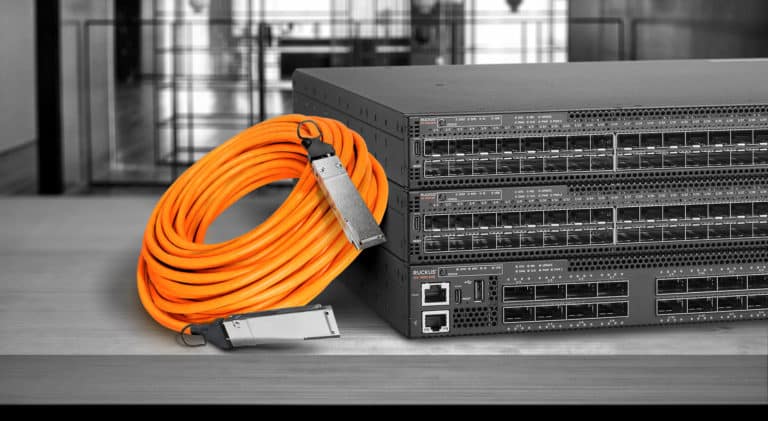Wifi has become a basic need for most people in recent years. You can't work without wifi. It's obvious that companies offer their wifi network to permanent employees, customers, suppliers and partners. As a result, the number of users is growing rapidly, not to mention the rise of IoT and the associated sensors and clients that all spit out data. Can Wifi handle this growth? And what about security?
More efficient use of available bandwidth with OFDMA
The current standard 802.11ac or simply Wifi 5, uses OFDM technology, whereby a channel of e.g. 20MHz bandwidth is fully occupied by a client at the moment when it transmits data. If other clients also want to communicate, they have to wait until a channel is released.
Wifi 6, also known as standard 802.11ax, uses OFDMA, which makes the allocation of channels more dynamic by dividing them into smaller sub-channels, allowing an access point to send data to several clients at the same time (multiple-accesses). In essence, OFDMA is a more efficient way of allocating the available bandwidth over a growing number of clients, shortening waiting times for clients and drastically reducing the so-called dead-air time - the time in which a channel is occupied but nothing is sent over it.
Clients set the pace
Of course, this new technology isn't rolled out overnight. The development of Wifi 6 has been underway for several years. The first release wave initiated in early 2019. Wifi 6 is currently in an advanced beta state. A final release may be a year away, but it doesn't mean that there is no investment in Wifi 6 can be made. Wifi Alliance At the moment, more than forty devices have been awarded the Wifi 6 certificate. These are mainly access points but also some high level clients. Not everyone will immediately have a Wifi 6 certified smartphone for 1,000 euros, but the technology will quickly seep through to the low-end clients in the coming years.
Investing in Wifi 6?
If you already have to invest in Wifi 6, that depends on your situation. there is no compelling reason to replace all your devices right now, but if you have outdated devices that are in need of renewal, then you'd better take the new technology on board right away, and if you're working in a high-density environment, where many clients are active together, then you shouldn't doubt it. Remember that clients set the pace, and only when all clients in a network are Wifi 6 compatible, will the capacity be used optimally.
Security - WPA3
And then there is the advantage of the new WPA3 security standard for Wifi 6 devices. Because the current WPA2 standard is no longer waterproof, the Wifi Alliance has imposed that all Wifi 6 devices must comply with the new WPA3 standard. The chance that a Wifi 6 key is hacked is therefore smaller, which is undeniably an extra advantage in environments where more and more devices are connected to each other.
An IT partner with in-depth expertise
With the introduction of Wifi 6 and the exponentially increasing complexity of IoT networks, it is crucial that the network configuration is done according to the rules. With years of experience and partnerships with vendors such as Ruckus, our knowledge network is very extensive. Recently, I was allowed the prestigious CWNE340 certificate . With this I've joined a very exclusive group of only 340 network experts worldwide reaching this level of expertise.
















